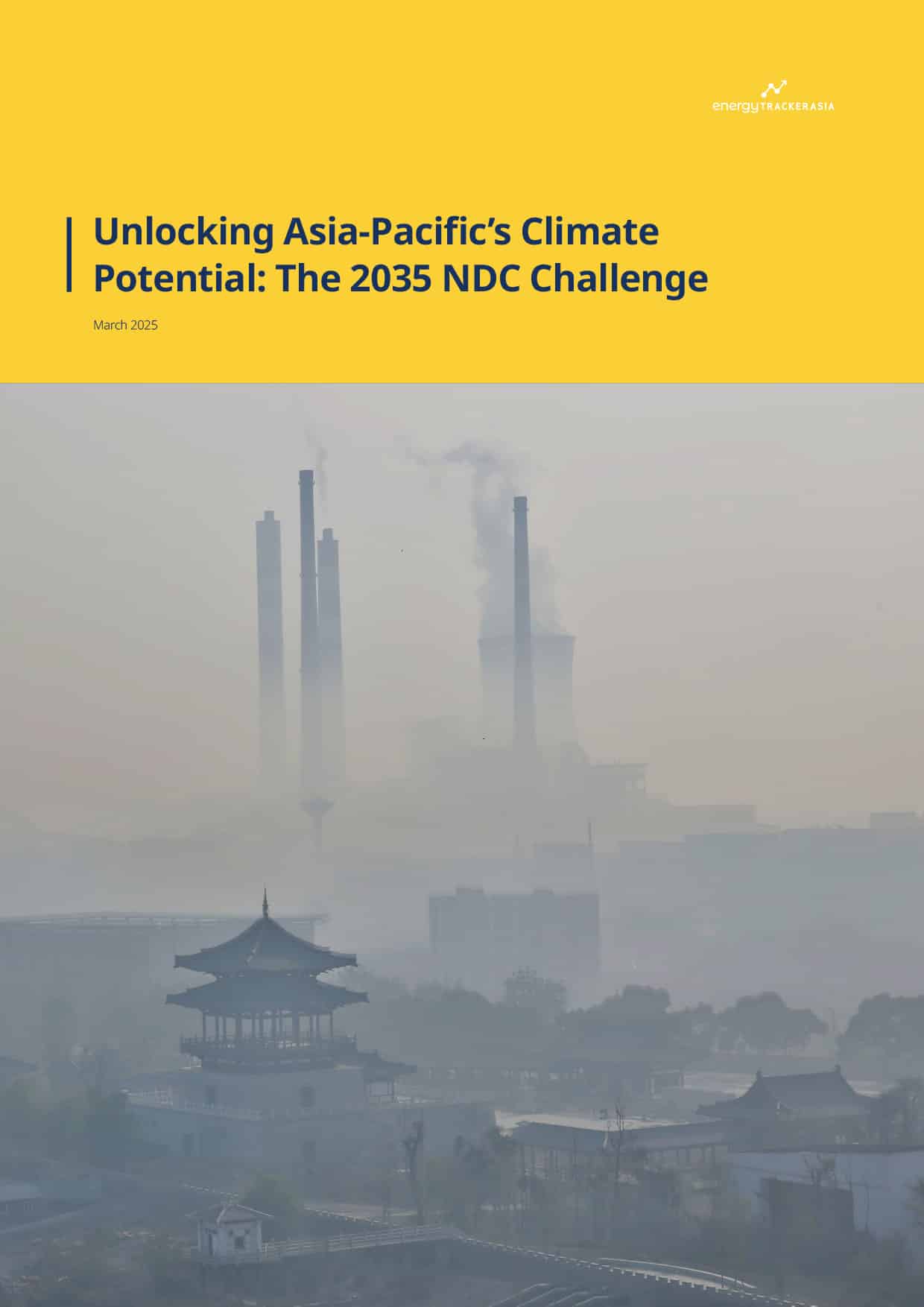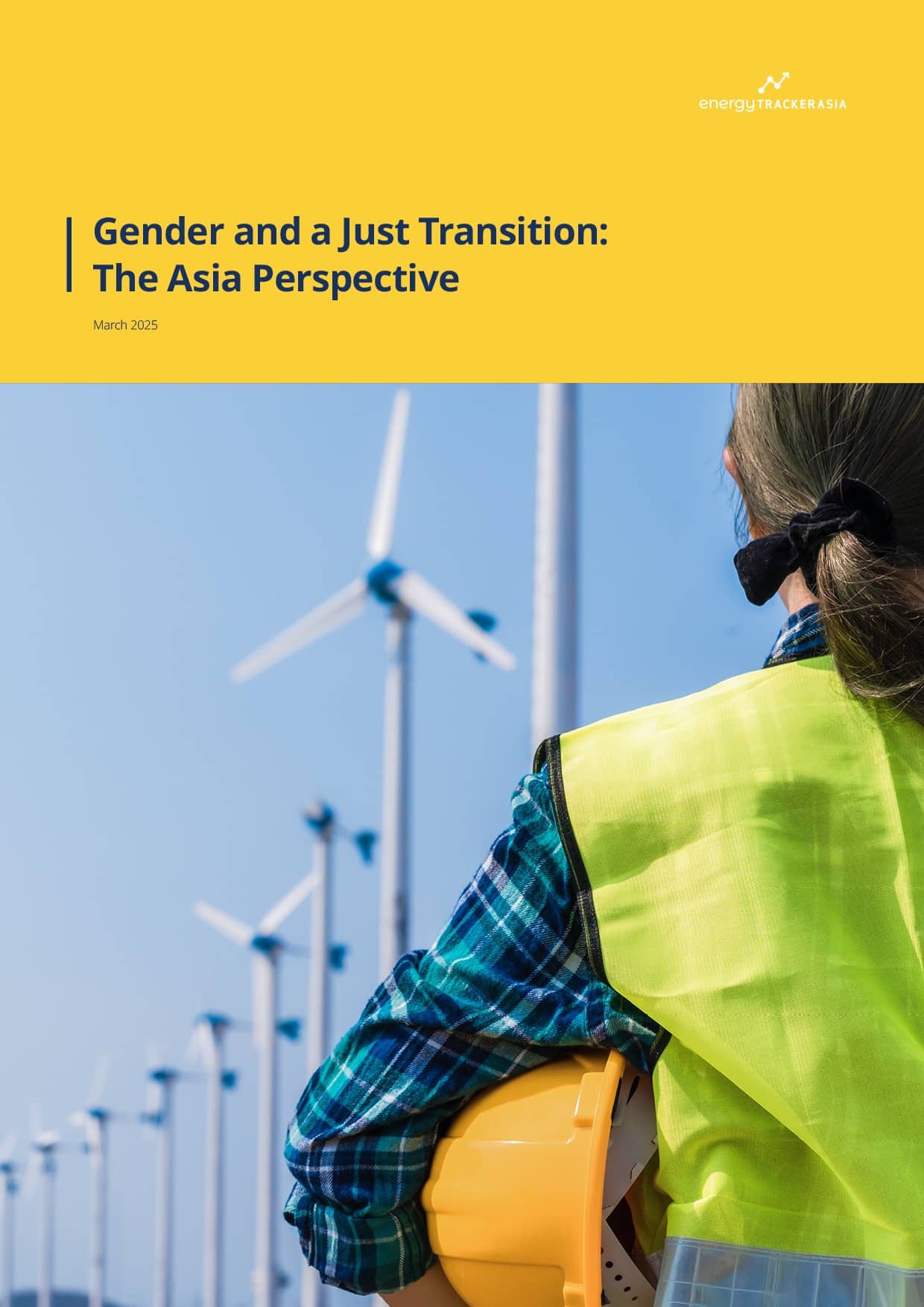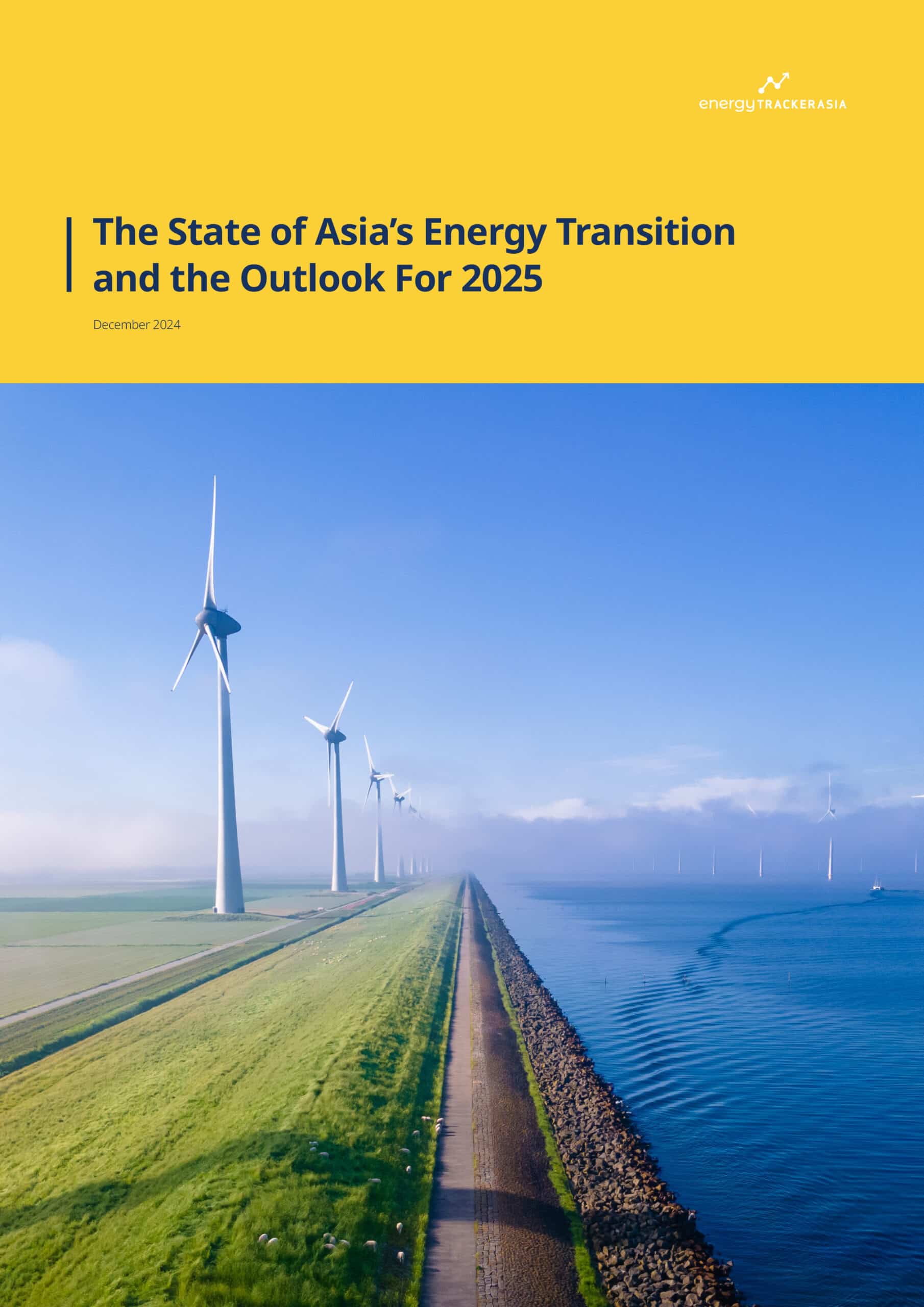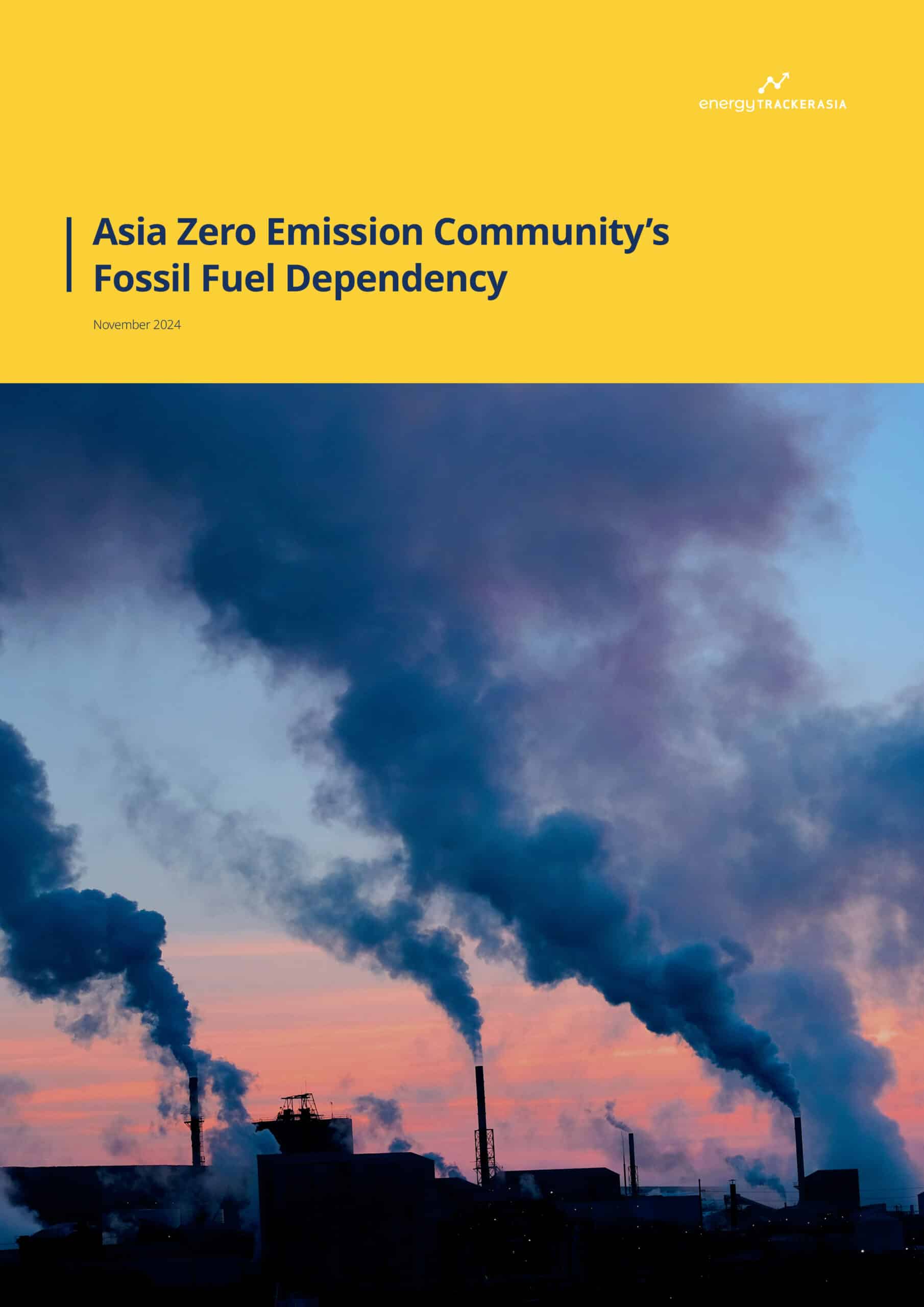G20 Summit 2025: A Pivotal Moment for Developing Countries
Photo: Shutterstock / Svet foto
05 August 2025 – by Viktor Tachev
The G20 Summit 2025 could prove the most significant event for low-income and small island developing states (SIDS) this year, as leaders will discuss the challenges of poverty, unemployment and inequality. According to the host’s declarations, delegates would also focus on crises driven by climate change, food security and energy, as well as their disproportionate impact on Africa and other developing nations worldwide. Tangible results are necessary to ensure that the countries most responsible for these challenges can adequately protect the most vulnerable to them.
Poverty, Inequality and a Reduced Ability to Cope With the Climate Crisis Torment Low-income and Developing Nations in Africa and Asia
The UNDP finds that, today, more than 1.1 billion people live in acute poverty worldwide, with 584 million of them being children. Over 83% are in sub-Saharan Africa and South Asia. In 2024, Sub-Saharan Africa, for example, accounted for 16% of the world’s population, but 67% of the people living in extreme poverty.
Around 40% of the poorest live in countries experiencing war, fragility or low peacefulness. In those jurisdictions, over 25% of the population lacks access to electricity, compared to 5% in more stable regions. Similar disparities are evident in areas such as child education (17.7% vs. 4.4%), nutrition (20.8% vs. 7.2%) and child mortality (8% vs. 1.1%).
Worryingly, statistics indicate that the problem is worsening. The World Bank forecasts that nearly one-third of low-income countries will have lower per capita incomes in 2026 than in 2019. If growth doesn’t accelerate and become more inclusive, it will take over a century to lift people above the USD 6.85 per day poverty line.
While Goal 1 of the UN’s Sustainable Development Goals (SDGs) is to “end poverty in all its manifestations by 2030,” current projections show that nearly 600 million people will remain in extreme poverty by that date.
Climate change and the reduced ability of low-income and developing nations to cope with its impacts further exacerbate these problems. The World Bank, for example, warns that climate change poses a significant risk to poverty and inequality reduction, which are both widening within and between nations.
The Climate Risk Index 2025 report by Germanwatch reveals that, while all countries are affected by climate change, over the long term, extreme weather events have had the most significant impact on countries in the Global South. The analysis incorporates the so-called Human Development Index (HDI), which considers key dimensions of human development — long and healthy life (through a life expectancy index), being knowledgeable (through an education index) and decent standard of living (through a gross national income index) and ranks countries on these factors.
The findings reveal that nations with low HDI, which are mainly from the Global South, especially in Africa and the Asia Pacific, are among the most affected by extreme weather disasters. The lower-middle-income group is the largest on the list of the 10 most affected countries. The researchers note that these nations also have lower coping capacities compared to higher-income nations.
Furthermore, they warn that the magnitude of the problem is likely to be even greater in reality, as extreme weather events and their impacts are often underreported in countries in the Global South due to data quality and coverage challenges.
According to the WMO, Asia is warming twice as fast as the rest of the world. Regarding Africa, the organisation notes that, while the temperature increases slightly above the global average, the continent bears an increasingly heavy burden from climate change and disproportionately high costs for essential climate adaptation. Without action, up to 118 million extremely poor people (living on less than USD 1.9 per day) in Africa will be exposed to drought, floods and extreme heat by 2030.
The G20 Summit 2025 in South Africa Holds the Keys To Tackling the Climate Crisis, Poverty and Inequality
According to official data, G20 members account for around 80% of global GDP, 75% of global exports and 60% of the global population. As such, the leaders of the world’s largest economies have a significant influence on the future of the world and how pressing challenges, such as climate change and poverty, are addressed.
Submitting Ambitious NDCs to Accelerate the Global Decarbonisation Journey and Lift Millions Out of Poverty
Most G20 countries missed the initial February deadline for submitting their 2035 targets, with only five nations having submitted their NDCs as of July 2025. It is now imperative for G20 nations to publish their updated targets by September at the latest so that scientists can prepare an official “synthesis report,” showing whether the aggregated plans are aligned with a 1.5 °C target.
However, NDCs aren’t only a matter of urgency. They are important for showing ambition and commitment to a 1.5°C scenario. This hasn’t been the case with the G20 nations that have submitted their new targets to date.
“Of the G20 NDCs that have been released, none has established concrete and time-bound plans for phasing out fossil fuels. Many have instead opted for obscure ways to increase oil and gas production,” states Climate Action Network International. Its Executive Director Tasneem Essop said, “Too many G20 countries continue to rely on loopholes and false solutions like carbon markets, while communities on the frontlines pay the price with their lives and livelihoods. Weak or delayed NDCs don’t just miss climate targets — they condemn millions to deeper injustice and suffering.”
Adopting ambitious NDCs by G20 nations would be crucial for protecting the most vulnerable to climate change. According to the OECD, current NDCs would result in a 14% decline in emissions by 2030, far below the 43% reduction needed to keep warming to 1.5°C relative to pre-industrial levels.
“We need all G20 countries to step up and cut emissions. I urge the EU and all G20 countries to follow the UK and send a strong signal with their national climate plans that they are choosing a thriving, prosperous, clean and green future for their citizens,” said Mary Robinson, former president of Ireland.
While many countries consider emissions reduction counterintuitive to economic growth, research reveals that it is, in fact, the opposite. The OECD warns that without further action, climate risks will intensify, and rising disasters, economic instability and financial system vulnerabilities will threaten long-term growth and development. According to the organisation, many countries had successfully decoupled emissions from economic growth. For example, clean energy has already demonstrated its effectiveness in boosting economic growth worldwide, accounting for 10% of the global GDP increase in 2023. In fact, the OECD estimates that submitting strong NDCs could increase global GDP by as much as 13% by 2100 due to economic losses avoided from climate-induced events.
However, it is worth noting that aligning NDCs with national development priorities yields far-reaching benefits that extend beyond economic growth. For example, integrating climate and development policies into NDCs helps advance climate action while driving progress on energy security and access, health and poverty reduction.
The UN notes that the implementation of small-scale renewable energy microgrids in developing countries has significantly contributed to sustainable development by improving livelihoods, reducing poverty and exposure to pollution and enhancing food security, health and education.
Scaling Up Renewables in G20 To Slash Emissions and Protect Countries Lacking Adequate Climate Disaster Response Capabilities
After analysing the solar and wind energy potential of G20 nations, researchers from the Institute for Sustainable Futures in Australia concluded that it is sufficient to meet the world’s electricity demand in 2050. With 33.6 million km² of land suitable for solar energy projects, or 31.1 million km² of land for wind power, collectively, the G20 can significantly accelerate the decarbonisation of its power sector, which remains responsible for 87% of all energy-related CO2 emissions. Capitalising on this potential will not only unlock massive economic gains and meet the world’s electricity needs with cheaper and more secure energy, but it will also ensure the world has a much better chance of averting the worst impacts of the climate crisis.
Efforts to reduce emissions will help tackle the financial burden of the climate crisis on developing nations across Asia and Africa. For example, African countries lose between 2% and 5% of their GDP on climate disaster response. In sub-Saharan Africa, the adaptation costs would reach up to USD 50 billion per year over the next decade. According to António Guterres, climate disasters in small island states have wiped out over 100% of GDP.
Utilising the vast solar and wind potential in G20 countries largely depends on commitment and policy shifts. For example, the two G20 nations with the most significant clean energy potential, identified by the researchers, are Australia and Canada, which are also among the leading fossil fuel producers and exporters.
Advancing the Energy Transition in Developing Countries and Scaling Up Financing For Climate Change Adaptation and Mitigation
According to the UN, the biggest challenge to the energy transition currently lies in scaling up clean energy transition financing and investments for emerging markets and developing economies beyond China in order to keep the 1.5°C limit of the Paris Agreement within reach and deliver on the Sustainable Development Goals (SDGs).
For example, financing is needed for many countries across Africa, where over 600 million people still lack access to electricity, to transition directly into renewable energy. At the same time, research reveals that capitalising on only 3% of Africa’s solar and wind potential can fully meet the continent’s future electricity demand. In an address on the release of a new report highlighting the cost efficiency of renewables, Guterres stated that by 2040, Africa could generate 10 times more electricity than it needs, entirely from renewables. However, doing so requires scaling up financing and introducing the necessary long-term energy policies, which most African nations currently lack.
According to Guterres, despite soaring demand and vast renewable energy potential, developing countries are being locked out of the energy transition. Currently, around 60% of the Small Island Developing States, which are among the most indebted countries globally, import over 90% of their fossil fuel supply. On average, it costs them around 10% of GDP.
“Africa is home to 60% of the world’s best solar resources. But it received just 2% of global clean energy investment last year,” he noted. “In the last decade, only one in every five clean energy dollars went to emerging and developing countries outside China.”
The UN estimates that annual clean energy spending in emerging market and developing economies beyond China will need to increase by around five to seven times from 2022 levels to USD 1.4–1.9 trillion per year by 2030, and to over USD 2 trillion per year by 2035. According to the IEA, to get on track for limiting global warming to 1.5°C, the availability of concessional finance — primarily from international development finance institutions — would also need to triple within this timeframe.
Introducing more flexible and modern financing mechanisms that take into account country specifics is also imperative. The World Bank notes that many developing countries struggle under unsustainable debt burdens, constrained fiscal space and barriers to fair access to capital. For example, IRENA finds that the weighted average cost of capital in 2024 for African countries was 12%, compared to just 3.8% in Europe, reflecting country risk and macroeconomic conditions. The bottom line is that the high cost of capital hinders clean energy deployment and access to affordable and clean electricity. According to the World Bank, it also impacts basic services, such as health or education, due to increasing interest rates.
e Cost of Capital (WACC) for Key Regions, 2024. Source: IRENA
COP29 failed to deliver an ambitious New Collective Quantified Goal on Climate Finance and address loss and damage needs. While parties agreed on USD 300 billion in annual financing by 2035 for climate change adaptation and mitigation in developing nations, the actual needs are way higher. According to the OECD, financing needs for climate action in developing economies alone amount to USD 2.4 trillion per year between now and 2030.
The 2025 G20 Summit, hosted in the African Union, comprising more than 50 nations, and COP30 in Brazil, offer unique, consecutive opportunities to lobby for climate change mitigation and adaptation financing from wealthier nations.
According to Gutteres, ensuring the needed financing requires a mix of measures, including bold national policies, reforming the global financial architecture, drastically increasing the lending capacity of multilateral development banks and taking effective action on debt relief.
Supporting Poverty Eradication
G20 leaders need to scale up their support for the IDA, the World Bank’s concessional financing facility for the world’s poorest countries. Over the past 60 years, the mechanism has supported struggling economies by providing access to low-cost loans and grants.
While the IDA plays a critical role in poverty reduction and development, especially during times when other financing sources are scarce, the funding remains insufficient. According to World Bank experts, an increase of at least 20% of the G20’s contributions is now crucial for maintaining the USD 35 billion annual financing that supports recovery and development in the poorest countries, particularly in Africa and East Asia.
Furthermore, the OECD estimates that complementing investments in the energy transition with specific measures that deliver on food security, access to basic services and governance reforms could lift 175 million people out of poverty and improve outcomes in 90% of low-human development countries by 2050.
In the case of Africa, IRENA finds that a transition to a renewables-based energy system could generate a 6.4% increase in GDP, 3.5% more jobs across the entire economy, and 25.4% higher social welfare (including improved air quality, public health and other factors) in the years up to 2050. For Southeast Asia, the GDP increase is estimated at 3.4%, with 1% more economy-wide jobs and 10.9% higher social welfare.
Towards the G20 Summit in November 2025
Themed “Fostering Solidarity, Equality, and Sustainable Development,” the key priorities for South Africa’s 2025 presidency will be helping countries with high levels of poverty and increased vulnerability to climate change to strengthen disaster resilience and response and access financing and support for a just energy transition to alleviate the impact of these crises on affected communities.
Despite looking promising on paper, the preparations for the G20 Summit this year were off to a slow start. The second Finance Ministers’ meeting in April concluded without a communiqué or chair’s statement, which experts viewed as an indication of the complex dynamics within the G20 due to the change in US leadership and its relationship with other developed nations. It also largely neglected to stress the need to urgently address the worsening climate emergency, its impacts or to ensure the G20 acts strongly to support a just transformation.
Furthermore, the chances that G20 nations would make significant progress on delivering on sustainable finance-related matters were further undermined earlier this year by the new US administration’s decision to withdraw from co-chairing a working group on sustainable finance with China. Still, Washington’s decision to pull back offers China and other nations an opportunity to demonstrate leadership.
“The world must push for stronger commitments from developed economies to support developing and underdeveloped economies in the interest of the global public good,” says Aruna Sharma, former secretary of the Ministry of Steel in India.
With less than three months to go until the G20 meeting, the window for developing nations to make their voices heard is closing. The first cycle of G20 Finance Ministers and Central Bank Governors meetings held in July didn’t produce actionable pledges or targets, but ended up with more commitments to strengthen the global sustainable finance architecture “by helping to ensure robust, resilient and effective coordination among stakeholders to foster interoperability among MDBs, Vertical Climate and Environment Funds and National Development Banks, in support of sustainability goals and national priorities.” Parties also recognised the importance of scaling up co-financing and mobilising private sector resources for improving developing countries’ risk-sharing in country-led climate investments. Delegates promised more progress on their commitments during the next round of talks in October.
UN Chief: ‘The G20 Should Lead‘
In a year marked by division and conflict, the G20 Summit, alongside COP30, can prove pivotal for multilateralism and standing united against overarching challenges such as climate change, poverty and inequality. However, addressing them requires bold, coordinated action, rather than retreat into isolation, unilateral actions, or disruption.
The G20 should work to redesign the global financial architecture to ensure fairer, more adequate and more predictable access to resources for developing and low-income countries. It is also imperative to promote innovative financing mechanisms and work to reduce the high cost of capital for indebted nations. Making progress in these focus areas would ensure that the lack of funds and development constraints are less of a burden, enabling developing countries to accelerate their just transitions towards more climate-resilient development.
Lastly, the 2025 G20 meeting is of even greater importance, considering that there are signs that next year’s host, the US, may revamp the format. According to reports, the Trump administration plans to eliminate all working groups and ministerial-level meetings, including those on energy, health, commerce and the environment, leaving only the leaders’ summit and the financial track. Notably, many members agreed the G20′s portfolio had grown too large.
This means that 2025 might be the best and closest opportunity for the voices of developing nations and vulnerable communities to be heard. Achieving a world free of poverty on a livable planet is still possible. However, it should top the agenda at both the G20 Summit and COP30 — not only as a point of discussion, but as a resolution backed by concrete action from parties that would finally bridge the gap between pledges and delivery.
“The next national climate plans, or NDCs, are due in a matter of months. They must bring clarity and certainty,” urged the UN’s Gutteres. “G20 countries must lead. They produce 80% of global emissions.”
by Viktor Tachev
Viktor has years of experience in financial markets and energy finance, working as a marketing consultant and content creator for leading institutions, NGOs, and tech startups. He is a regular contributor to knowledge hubs and magazines, tackling the latest trends in sustainability and green energy.
Read more


